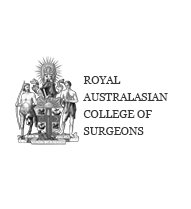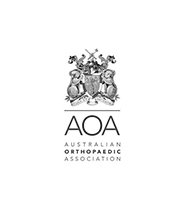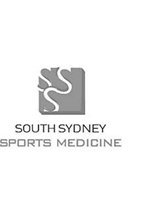SLAP Tears and Repair
What Does SLAP Mean?
The term SLAP (superior–labrum anterior-posterior) lesion or SLAP tear refers to an injury of the superior labrum of the shoulder.
The shoulder joint is a ball and socket joint. A 'ball' at the top of the upper arm bone (the humerus) fits neatly into a 'socket', called the glenoid, which is part of the shoulder blade (scapula).
The labrum is a ring of fibrous cartilage surrounding the glenoid for stabilization of the shoulder joint. The biceps tendon attaches inside the shoulder joint at the superior labrum of the shoulder joint. The biceps tendon is a long cord-like structure which attaches the biceps muscle to the shoulder.
What is a SLAP Tear?
A superior labrum anterior and posterior tear or SLAP tear is an injury to the labrum. This injury may also involve the biceps tendon, which is attached to the top part of the labrum.
The injury occurs from repeated use of the shoulder while throwing or a fall onto the shoulder.
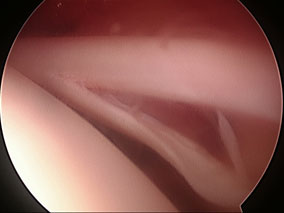
SLAP tear with extension into the biceps tendon
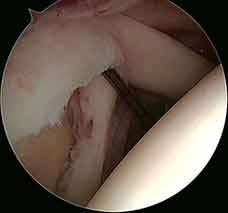
SLAP tear with bicep anchor detachment
What are the causes of SLAP tears?
The most common causes include falling on an outstretched arm, repetitive overhead actions such as throwing, and lifting a heavy object. Overhead and contact sports may put you at a greater risk of developing SLAP tears.
What are the symptoms of SLAP tears?
The most common symptom is pain at the top of the shoulder joint. In addition, with activities such as throwing,a catching sensation and pain may occur.
How are SLAP tears diagnosed?
Diagnosis is difficult to make based on the symptoms and a physical examination as pain is non-specific and physical signs are unreliable. MRI scans may show a SLAP tear but are often over reported. The difference between age related changes to the superior labrum and pathological lesions may be difficult to establish. It is important to correlate the MRI with overall findings.
What are your SLAP Tear Treatment Options?
Your doctor may recommend anti- inflammatory medications to control pain. In athletes who want to continue their sports, arthroscopic surgery of the shoulder may be recommended. Depending on the severity of the lesion, SLAP tears may simply require debridement,repair or biceps transfer (tenodesis)
SLAP surgery can be done using arthroscopic techniques that require only two or three small incisions. Biceps reattachment may require an extra incision at the front of the arm pit.
What are the indications for SLAP repair?
A SLAP repair is indicated to treat the torn labrum of the shoulder socket when conservative treatment measures such asnon-steroidal anti-inflammatory medications and Physical Therapy do not relieve the symptoms of a SLAP tear.
What are the associated risks and complications?
As with any surgical procedure, SLAP surgery involves certain potential risks and complications including
- Infection
- Excessive bleeding
- Blood clots
- Shoulder stiffness
- Injury to nerves or blood vessels
Recommended for post-operative care?
After the procedure, your arm will be placed in a sling for the first 3-6 weeks to immobilize the shoulder joint and you will be advised to restrict active motion of your shoulder for about 6 weeks. You will be instructed take your pain medications and to apply ice packs to control swelling and pain.
The plaster strips over the wounds should be kept dry until the wounds heal. Through physical therapy, you can slowly regain motion and strengthen the shoulder. You can resume sport activities after consulting with your physical therapist and surgeon. You should avoid driving while in a sling after the surgery.

